
Podcast: Play in new window | Download (Duration: 23:07 — 32.2MB)
Subscribe: Google Podcasts | Spotify | Android | RSS | More
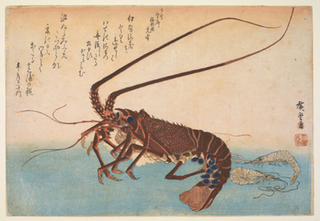 I’m fascinated by Japanese food, but from a position of profound ignorance. I’ve never been there and I’ve never having eaten anything I could definitely say was “genuine,” aside from a wasabi chocolate cake baked by a Japanese friend. So the opportunity to talk to a Westerner living in Japan was one I leaped at. Jason Irwin is a Canadian who has been helping people in Japan learn English for the past seven years. He’s not in a big city, and he is part of a Japanese family, so he probably has a better understanding than many. He’s also leaving Japan soon. Time, obviously, to talk.
I’m fascinated by Japanese food, but from a position of profound ignorance. I’ve never been there and I’ve never having eaten anything I could definitely say was “genuine,” aside from a wasabi chocolate cake baked by a Japanese friend. So the opportunity to talk to a Westerner living in Japan was one I leaped at. Jason Irwin is a Canadian who has been helping people in Japan learn English for the past seven years. He’s not in a big city, and he is part of a Japanese family, so he probably has a better understanding than many. He’s also leaving Japan soon. Time, obviously, to talk.
As I mention in the podcast outro, I still find it rather remarkable that I can be online friends with a Canadian living in Japan and record us having a conversation. The recording bit is nothing special these days, I suppose, but the online friendship is the result of this thing called app dot net, aka ADN. It’s a special kind of social platform, one where the people who use it are the customers, as opposed to the others, where users are just a bulk commodity to be sold to the highest bidder. ADN celebrated its second birthday two days ago, and I’ve been there two years today. I’ve I get a lot out of ADN, not least my conversations with Jason, although I have never done anything to evangelize about it. Consider this a plug.
Notes
- Cover photo is Ise-ebi: Crawfish or Spiny Lobster and Ebi: shrimp by Utagawa Hiroshige.
- Jason’s website is well worth a read.
- Aside from everything else that people say it could be, I find ADN to be just a very fine micro-blogging platform. You might too.
- Banner photograph modified from an original by Linh Nguyen.
On food, I thought I would single out two posts about some of the Canadian foods he missed in Japan: Food I miss the most and I am not a chef … but you’ll have to ask him yourself for the details of how to prepare ham cooked in Canada Dry Ginger ale.

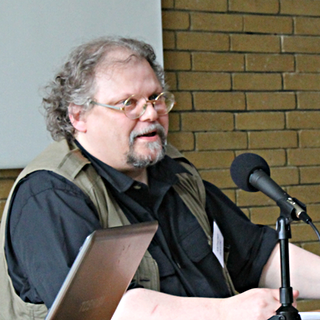 The history of pasta, ancient and modern, is littered with myths about the origins of manufacturing techniques, of cooking, of recipes, of names, of antecedents. Supporting most of these is a sort of
The history of pasta, ancient and modern, is littered with myths about the origins of manufacturing techniques, of cooking, of recipes, of names, of antecedents. Supporting most of these is a sort of 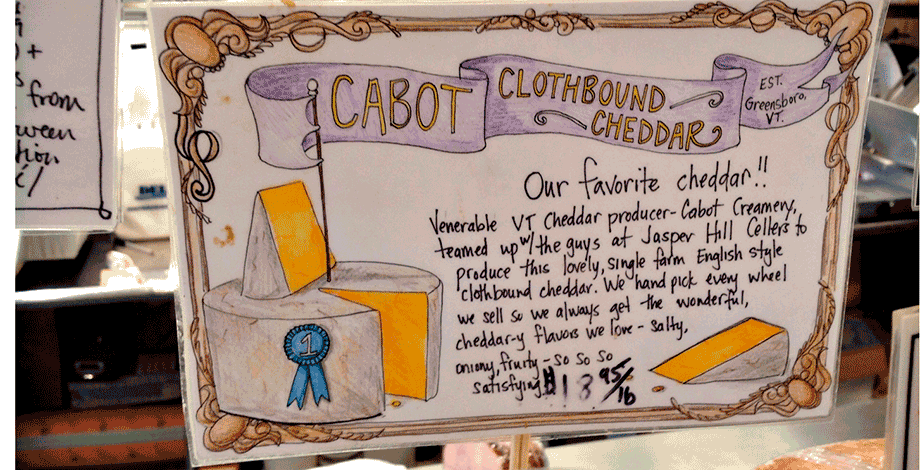
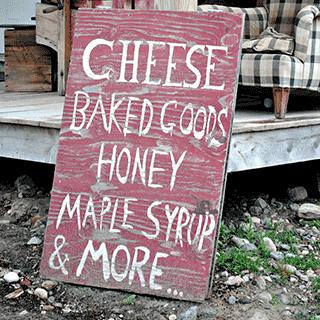 What do artisanal cheese and maple syrup have in common? In North America, and elsewhere too, they’re likely to bring to mind the state of Vermont, which produces more of both than anywhere else. They’re also the research focus of
What do artisanal cheese and maple syrup have in common? In North America, and elsewhere too, they’re likely to bring to mind the state of Vermont, which produces more of both than anywhere else. They’re also the research focus of 
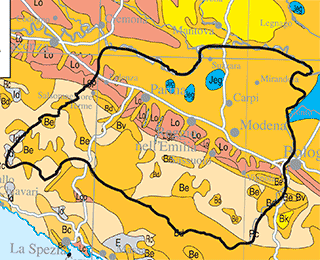 Great wheels of parmesan cheese, stamped all about with codes and official-looking markings, loudly shout that they are the real thing: Parmigiano-Reggiano DOP. They’re backed by a long list of rules and regulations that the producers must obey in order to qualify for the seal of approval, rules that were drawn up by the producers themselves to protect their product from cheaper interlopers. For parmesan, the rules specify how the milk is turned into cheese and how the cheese is matured. They specify geographic boundaries that enclose not only where the cows must live but also where most of their feed must originate. But they say nothing about the breed of cow, which you might think could affect the final product, one of many anomalies that Zachary Nowak, a food historian, raised during his presentation at the recent Perugia Food Conference on Terroir, which he helped to organise.
Great wheels of parmesan cheese, stamped all about with codes and official-looking markings, loudly shout that they are the real thing: Parmigiano-Reggiano DOP. They’re backed by a long list of rules and regulations that the producers must obey in order to qualify for the seal of approval, rules that were drawn up by the producers themselves to protect their product from cheaper interlopers. For parmesan, the rules specify how the milk is turned into cheese and how the cheese is matured. They specify geographic boundaries that enclose not only where the cows must live but also where most of their feed must originate. But they say nothing about the breed of cow, which you might think could affect the final product, one of many anomalies that Zachary Nowak, a food historian, raised during his presentation at the recent Perugia Food Conference on Terroir, which he helped to organise.
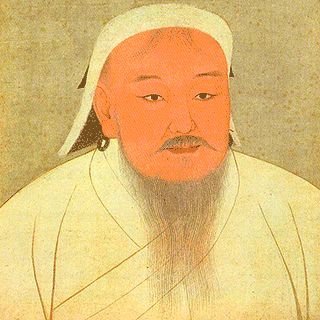 The growing popularity of “Mongolian” restaurants owes less to Mongolian food and more to, er, how shall we say, marketing. To whit:
The growing popularity of “Mongolian” restaurants owes less to Mongolian food and more to, er, how shall we say, marketing. To whit: